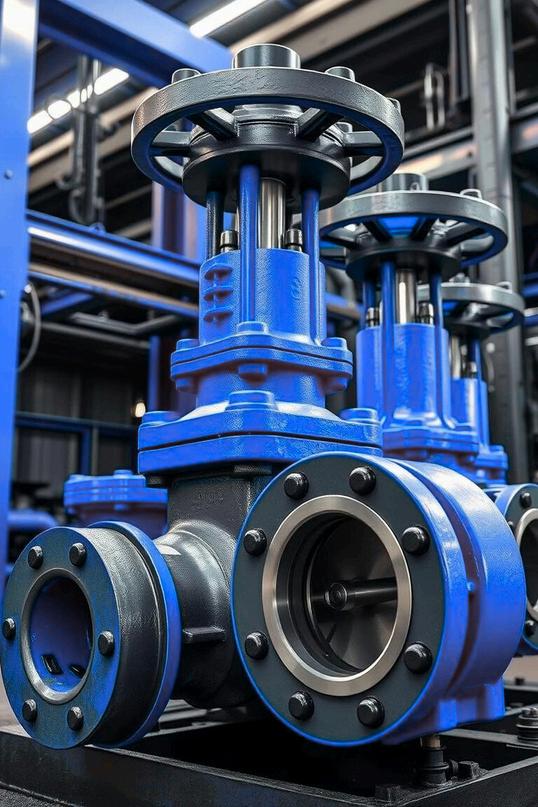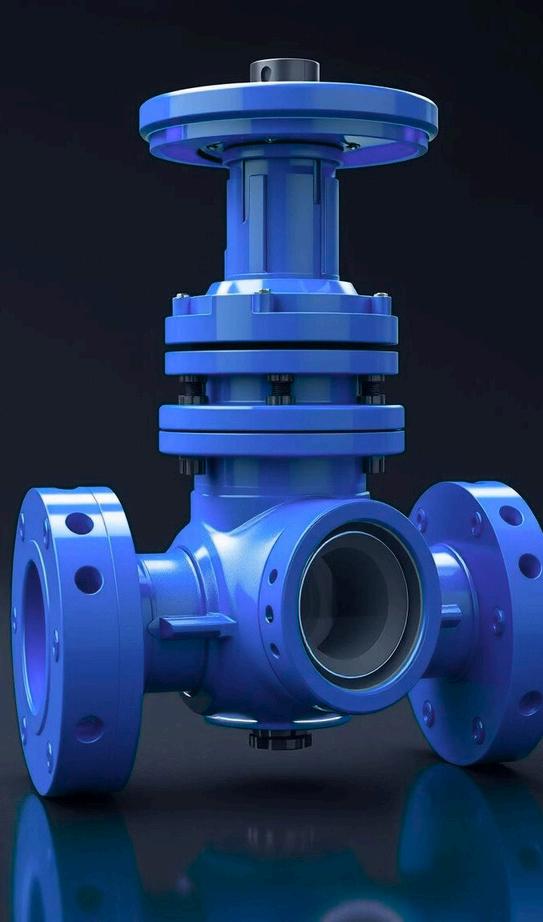
Explore growth drivers, manufacturing landscape, and future trends for resilient gate valves in India. The valve market is growing fast, expected to reach $2.8B by 2028. These valves are vital for water and industrial sectors.



Explore growth drivers, manufacturing landscape, and future trends for resilient gate valves in India. The valve market is growing fast, expected to reach $2.8B by 2028. These valves are vital for water and industrial sectors.

Urbanization and major projects like Jal Jeevan Mission fuel demand.
"Make in India" boosts local manufacturing and innovation.
Water treatment plants
Wastewater management
Top states: Maharashtra, Gujarat, Tamil Nadu, Karnataka, Uttar Pradesh.
Automated molding with grey and ductile iron ensures quality.
CNC machines provide precision and tight tolerances.
Rubber Vulcanization
EPDM/NBR rubber bonded to valve wedge for resilience.
Skilled labor integrates components; hydrostatic & pneumatic tests confirm quality.



Body & Bonnet
Coating
Standards
Ductile Iron (ASTM A536 Grade 6545-12)
Ductile Iron encapsulated with EPDM/NBR rubber
Stainless Steel (AISI 304/316) for corrosion resistance
Fusion Bonded Epoxy (FBE) for durability
IS 14846, AWWA C515, BS EN 10741/2
L&T Valves, Kirloskar Brothers, Advance Valves, Intervalves.
MSME Contribution
Make up 40% of total valve production in India.
International Collaboration
Joint ventures enhance technology and market reach.
Market Concentration
Top 10 players control 60% of market share.

Steel and rubber price volatility affects profits.
Low-cost imports from China create pricing pressure.
Specialized skills needed for advanced manufacturing.
Infrastructure & Regulation
Transport bottlenecks and environmental rules pose hurdles.
Automation
Streamlined machining and assembly lines improve throughput.
Smart valves enable remote monitoring and predictive maintenance.
New FBE formulas enhance corrosion resistance.
Lightweight Designs
Offers easier installation and reduced handling effort.

Sustainable Manufacturing
Emphasis on waste reduction and energy efficiency.
Expanding markets in Middle East and Africa.
Increased use of IoT-enabled valves in industries.
Government Support
Funding R&D and new technology innovation initiatives.
